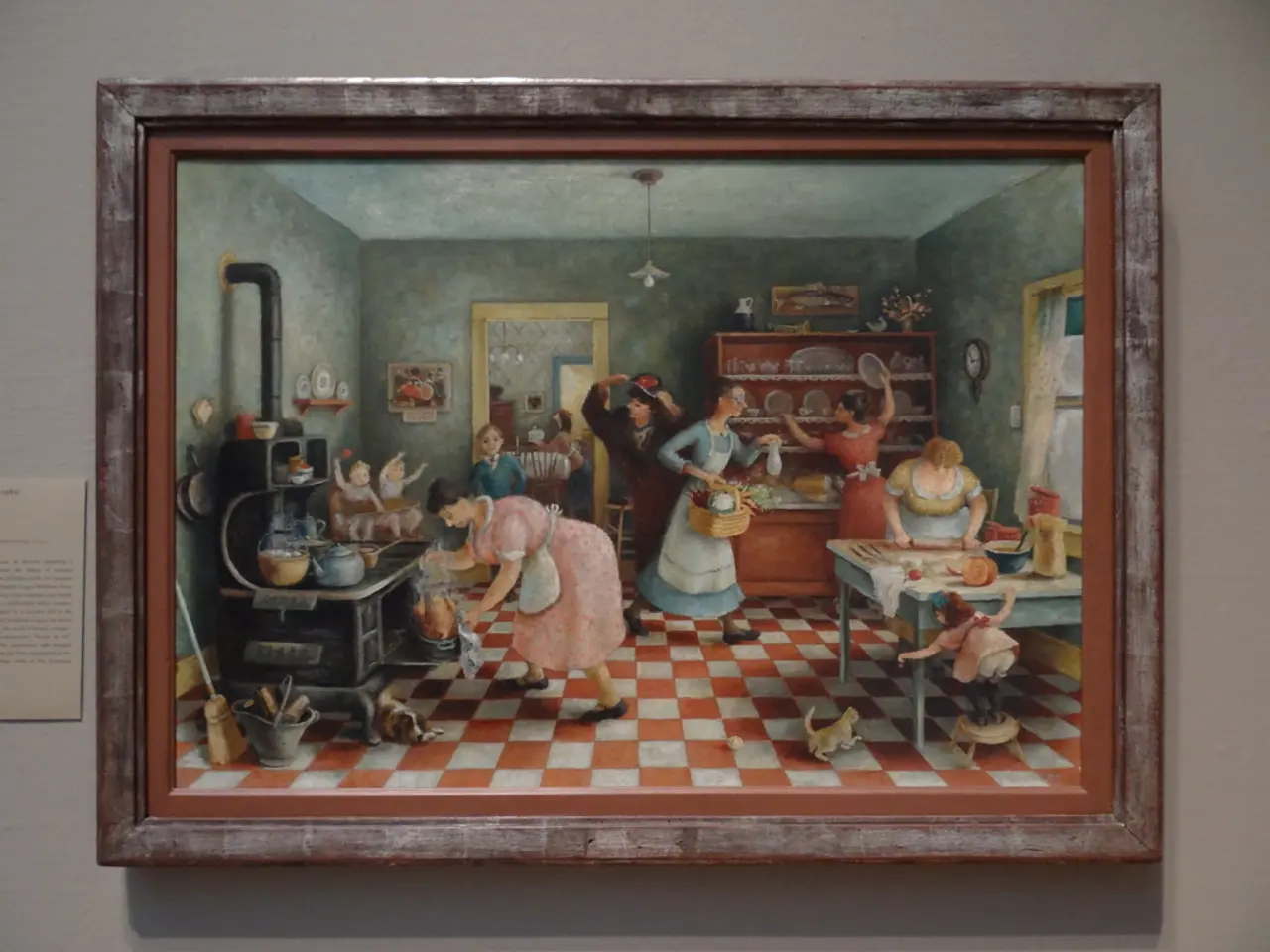Workplace Curiosity Manifesto by Stefaan van Hooydonk detailing the benefits of curiosity for personal and workspace growth during periods of significant change
The Workplace Curiosity Manifesto, penned by Stefaan van Hooydonk, is a groundbreaking book that delves into the role of curiosity in the modern workplace. This insightful guide has recently caught the attention of major corporations such as Google, LEGO, and IBM, who have all embraced its principles to their benefit.
The book is structured around several key themes, including the nature of curiosity, its importance in the workplace, how it drives innovation and problem-solving, the link between curiosity and employee engagement, strategies for cultivating curiosity, and overcoming barriers to curiosity.
One of the book's key arguments is that curiosity is a skill that can be developed and harnessed for personal and organizational success. By fostering a culture of curiosity, companies can enhance their ability to see around corners, improve their capacity to listen to their customers, employees, and markets, and boost their competitiveness, productivity, and engagement.
Curiosity, as van Hooydonk explains, boosts a team's productivity, collaboration, and communication, lowers conflict, and fosters a more respectful atmosphere. It can also increase individuals' engagement, motivation, and fulfillment, enabling them to advance more quickly in their careers, build better relationships, welcome new experiences, and feel less fear in the face of change.
The book offers real-world examples of companies that have successfully fostered a culture of curiosity and reaped the benefits. These organizations tend to attract top talent and then provide an environment in which talented people can thrive. Curious professionals build deep and wide expertise, becoming "T-shaped" employees - fit to excel in work that poses cognitive challenges and requires rich knowledge.
The book's emphasis on curiosity as a learnable skill challenges the notion that some people are naturally curious while others are not. To enhance curiosity in an organization, van Hooydonk suggests strategies such as setting aside time to develop curiosity, making curiosity a project, building self-awareness, bringing transparency to curiosity, establishing small habits, incorporating curiosity into life, keeping learning, asking questions about the mundane, trivial, or obvious, applying curiosity to relationships, and appreciating the value of failure.
The book's writing style is engaging and accessible, making complex concepts easy to grasp and apply. Its balance between theory and practice provides actionable strategies for cultivating curiosity. The book also offers practical tools and frameworks for developing curiosity, including the Curiosity Quotient (CQ) and the Curiosity Canvas.
Curious leaders are role models, and their commitment to learning boosts this quality in their team members. They make rational, intentional decisions, adapt more easily to uncertainty, consider fresh strategies, communicate mindfully, and exhibit confident humility.
In conclusion, The Workplace Curiosity Manifesto presents a compelling case for the transformative power of curiosity in the workplace. Its ideas have the potential to not just transform individual careers but entire workplace cultures, fostering innovation, engagement, and success.







